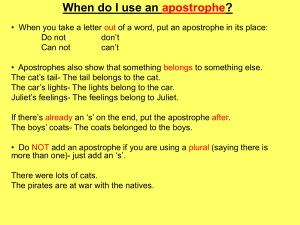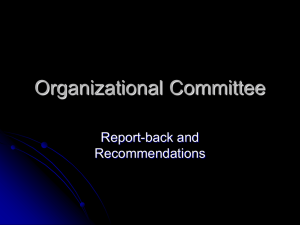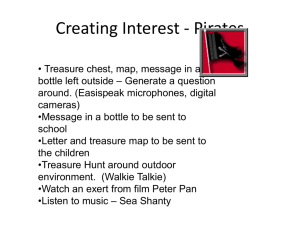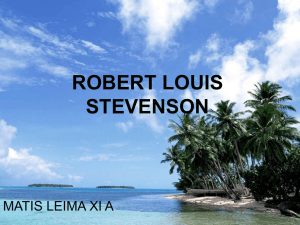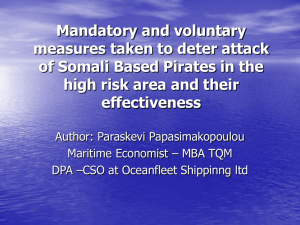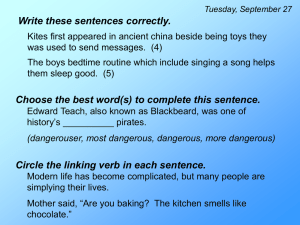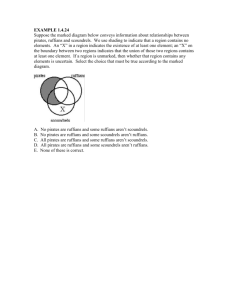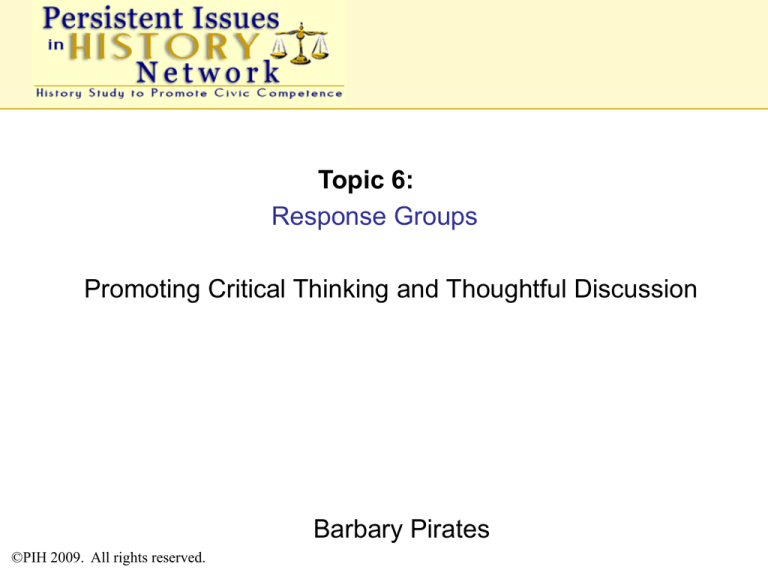
Topic 6:
Response Groups
Promoting Critical Thinking and Thoughtful Discussion
Barbary Pirates
©PIH 2009. All rights reserved.
Persistent Issue:
What actions are justified in the
interest of the welfare or security of
the nation?
Central Question:
How should the United States
respond to unconventional attacks
on its citizens?
Focus Questions: To what extent are comparisons
between the Somali pirates and the
Barbary pirates legitimate?
How should the United States
respond to attacks on its ships?
Response Group Strategy: Two-tiered discussion
Four-person heterogeneous groups
Provide with stimulus material and foundational
knowledge
Series of critical thought activities
Small group discussions - - different presenter for
each question
Presentation of small group conclusions;
whole class discussion
How should the U.S. deal with this threat?
http://nbnl.globalwhelming.com/wp-content/uploads/2009/01/somalia-pirates-400x416.jpg
Persistent issue: Unconventional attacks on
Americans
Comparisons are often made in the media between
the Somali pirates and the Barbary pirates
To what extent are these comparisons legitimate?
Can any lessons be applied to today?
Barbary States
The Barbary Pirates
British agreements with pirates protected the colonists
Pirates from Morocco and Algiers seized U.S. vessels in
1784 and 1785
The Articles of Confederation made it difficult for the U.S.
to respond
This issue continued to be a problem for presidents
Washington and Adams
Response Activity 1
Jefferson and the Pirates of Tripoli (handout)
Read the handout. Discuss the focus question in
your group. Be prepared to share your response.
Which option(s) is the best? Justify your response.
What obstacles make resolving this issue difficult?
Questions?
What Really Happened
Three pronged approach
A negotiated deal
Messy aftermath
Response Activity 2
Barack Obama and the Somali Pirates (handout)
Read the handout. Discuss the questions in your
group. Be prepared to share your response.
Response Activity 2
Which COA did you choose? Why?
Response Activity 3
Consider what you know about the Barbary
Pirates and the Somali Pirates.
In what ways are the Somali Pirates like the
Barbary Pirates? Different?
Similarities
Differences
Need more information
Major Areas of Disagreement:
Were the Barbary pirates really privateers?
Were the Barbary pirates terrorists?
Were the Barbary pirates Islamic holy warriors
engaged in Jihad?
Were the Barbary pirates really privateers?
Piracy is “any illegal acts of violence or detention, or any act of plundering,
committed for private ends by the crew or the passengers of a private ship or a
private aircraft.” (source: UN Convention on the Law of the Sea)
A ship is referred to as a privateer if it is permitted by a government to arm
itself and if it only attacks the ships of a country against which their
government has declared war. The state should withdraw its sanction of
privateering once a war has ended.
Were the Barbary pirates terrorists?
Terrorism: [the] unlawful use or threatened use of
force or violence against people or property to
coerce or intimidate governments or societies, often
to achieve political, religious, or ideological
objectives (Snoddon, 2007, p. 228).
What should the U.S. do about the Somali pirates?
• How would you characterize the situation in Somalia?
• How does the way you perceive this problem influence the
COA you are willing to recommend?
• What lessons, if any, can be applied from America’s conflict
with the Barbary Pirates to address this issue?
Response Group Summary
Purpose of strategy:
• promote critical thinking
• formulate a decision on an issue
• use reasoned argumentation
Variations: Religious Freedom Case
PIH Curriculum Design Principles
1. Scaffolded Instruction
2. Authenticity
3. Multiple Intelligences
4. Effective collaboration

